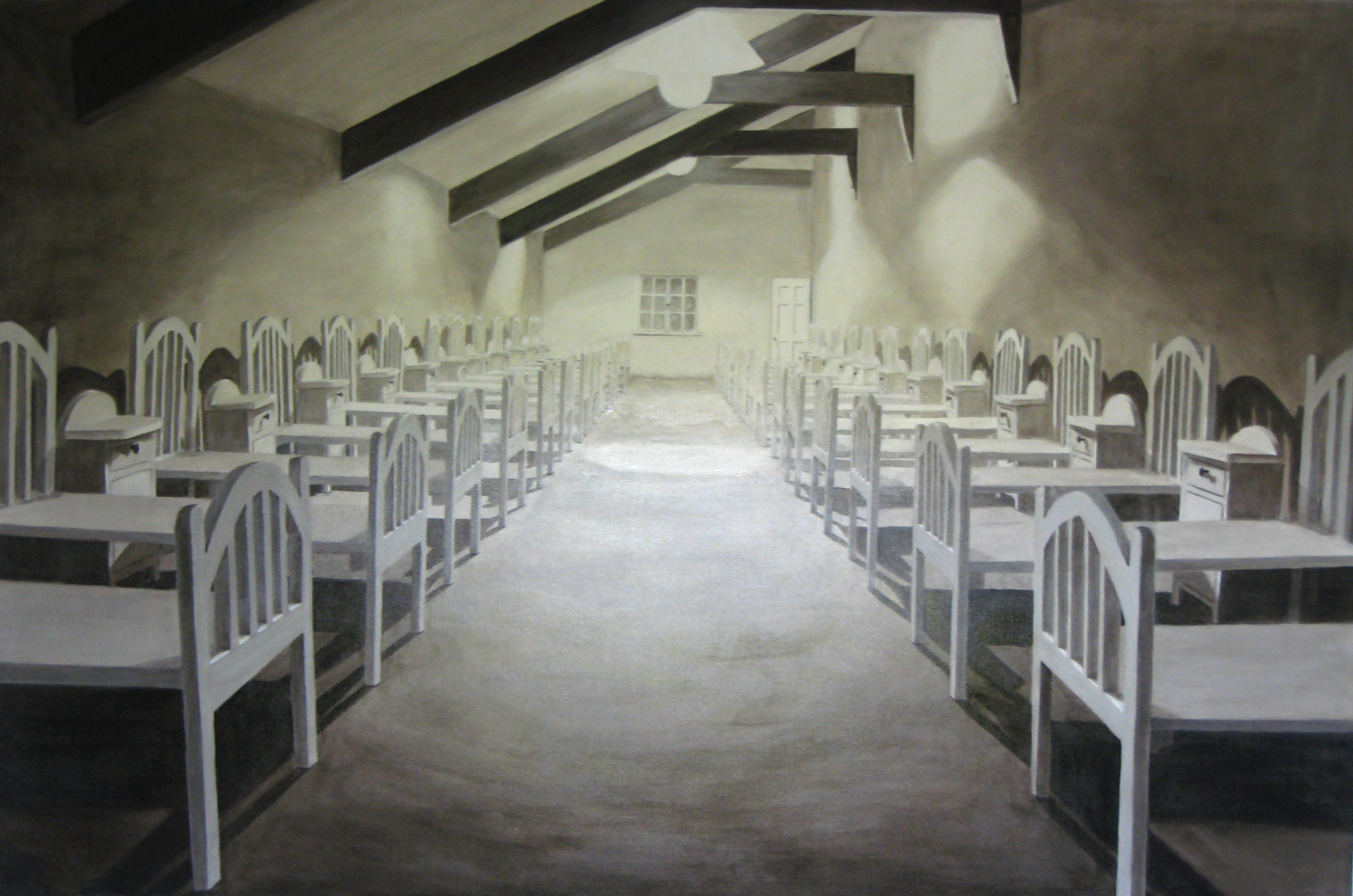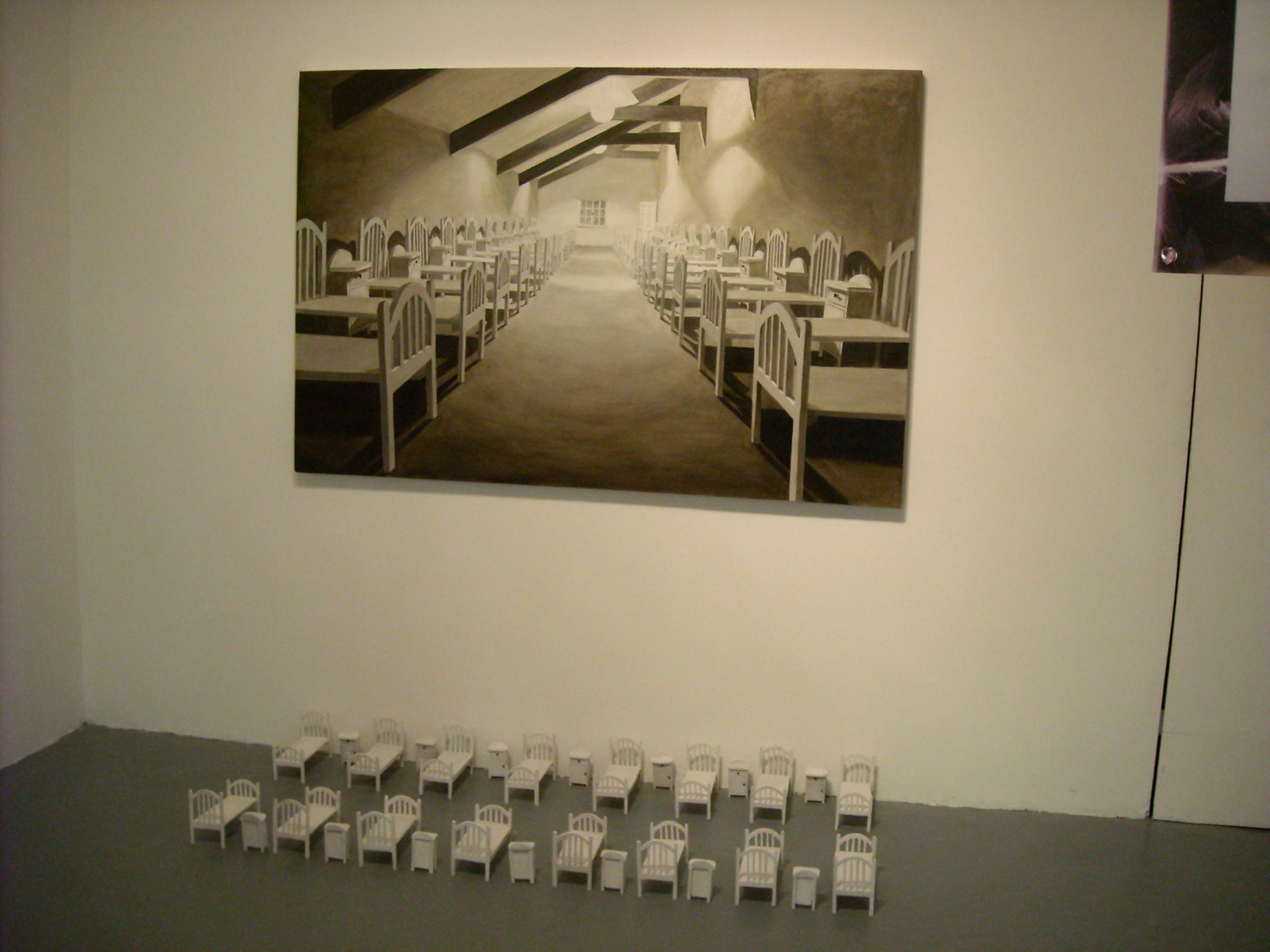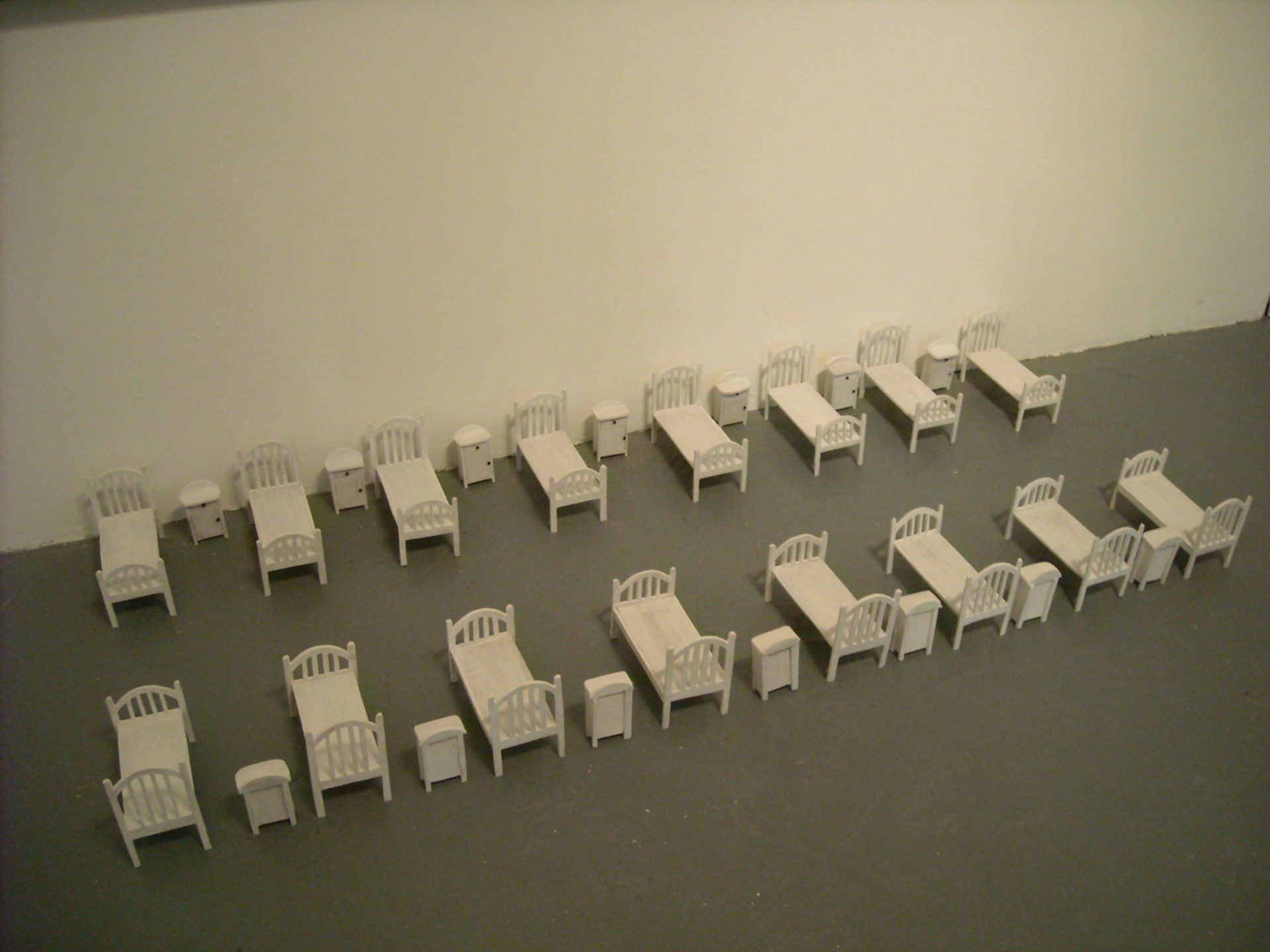Indivisibility
Stories. What comes to mind? Cinderella? The tales your grandmother tells over a cup of tea by the open fire? Or perhaps, more currently, the news, TV series and films?
We live in a world of stories. As explained by George Gerbiner, we have never personally experienced much of what we know or think we know.(1) Our knowledge is thus built up by stories. A knowledge, which like these stories, is shared through culture.
Such stories provide us with a shared experience, creating our memories. They can be transmitted locally, among a community but also nationally, and perhaps even globally, through the mass media.(2) Exploring this idea, Indivisibility investigates how we build up a collective image of an event, whilst having never physically experienced it.
For this work I asked many people, of different ages, and from different walks of life to describe the image they associated with a national event, well covered by the media. The news stories have never actually shown the image depicted in the painting, and yet, all the people interviewed gave an almost identical description of this space. Perhaps we all caught a glimpse in a film? But the question is, does it even exist in a film, and if it did, could we all really have seen the same film?
The space seems real, not many would question its existence and yet it is created from sculptures, depicting only that which was imagined. A collective mental image brought to life. Sepia, a mark faded by time, not set in our present, yet still living with us.
It becomes something of a burning question. Are we simply influenced by the mass-media, or are these images passed on from culture to culture? If so, is the media itself not influenced by this culture, these images? Or does it simply help transmit and maintain our collective memories, as suggested by André Donk?(3)
I hope to continue this line of inquiry in future works. Starting with nothing but a blank canvas. Perhaps, capturing a snapshot of our collective memory. Real yet imaginary. As much part of our heritage as the old stone walls lining towns and countryside.
Indivisibility does not belong to any one in particular, it is not my specific view, it is a physical representation of a shared experience. It belongs to all of us, a collective experience, and future projects will hopefully pursue a collective way of working much more explicitly than this first attempt.
—————-
(1) Karen E. Dill, How Fantasy Becomes Reality, Oxford University Press 2009, p.88
(2) Maurice Halbwachs, On Collective Memory, University of Chicago Press, 1992, p.43
(3) André Donk, ‘The Digitization of Memory: Blessing or Curse? A Communication Science Perspective’, for presentation at the Media in Transition Conference “MIT6: Stone and Papyrus, Storage and Transmission”, April 24-26, 2009, Massachusetts Institute of Technology, Boston. p.4




